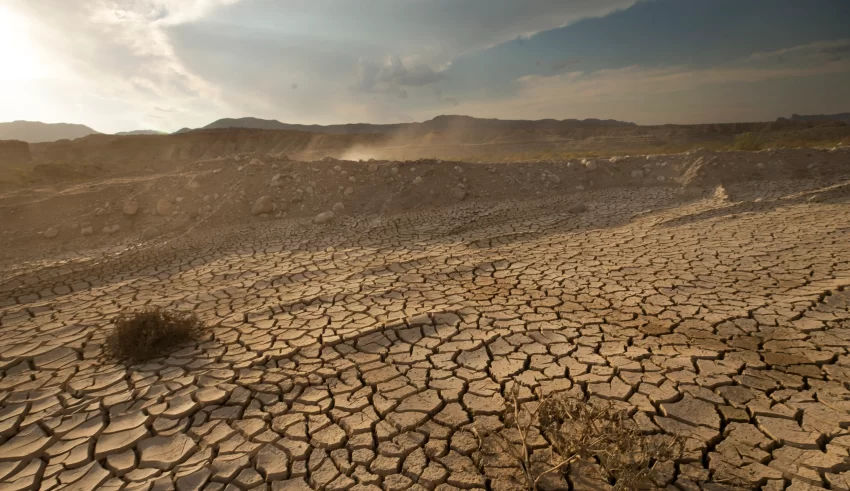
According to the International Organization for Migration (IOM), climate change and related disasters are, more and more, becoming a threat to humanity and, therefore, one of the most significant drivers for migration. Temperatures and sea-levels are rising significantly as frequent and violent wildfires, floods, storms, droughts, earthquakes, and tsunamis demonstrate (1).
As for migration, it is not hard to believe that such a phenomenon is caused by climate change. However, climate risks are a corollary to a whole series of other reasons why people are driven to leave their homes, their countries and migrate elsewhere. As a matter of facts, environmental migration is a multi-faceted phenomenon that varies depending on the economic, political, development, social and environmental specificities of the context under scrutiny (2). Here, focus is on the climate change-related migration phenomenon in South Asia.
In such region, degrading environmental conditions are often related to the economy that is, undoubtedly, affected by environmental variations. Moreover, environmental causes leading to migration can be related to situations of forced displacement due to violence, war, or persecution.
By focusing closely to the countries more exposed to environmental-related disasters that could lead to migration, attention is on the Indian Sub-Continent. India, Pakistan, Bangladesh, and Sri Lanka are repeatedly subject to flooding caused by tsunamis which devaste major cities that are located in the coastal areas. Recently, floods in Pakistan have caused the displacement of 10 millions of people (3); while Nepal, Afghanistan and Bhutan are subject to increasing temperatures and droughts. In Afghanistan, the high aridity of the land contributes, along with the violence, in making people’s lives hell. Finally, the smallest country in the world, which is the island of Maldives, according to scientists is probably going to be submerged by the sea in the near future (4).
Notwithstanding the mentioned general climate conditions affecting South Asian countries, the very people which are, day to day, the most affected by climate vulnerability are those people whose livelihoods are based in agriculture and fishing activities. As these people’s means of sustenance are destroyed by droughts or floods, they must face a hard decision: whether to migrate or adapt to changing climate conditions.
Escalating climate migration in South Asia is not the only looming humanitarian crisis (4). It also threatens the security and stability of the entire region. In fact, the number of people moving from rural to urban areas is increasing and this will undoubtedly put an additional strain on the necessity to provide food, shelter, and jobs to already stretched overcrowded cities, and the inability to provide these resources is a threat to the precarious cohabitation of people.
As a matter of facts, environmental changes could also exacerbate tensions and provoke violence following the probable increase of radicalization in regions of India, Bangladesh, and Pakistan. In addition, large-scale migration of vulnerable and persecuted groups and minorities may increase due to climate change exacerbating living conditions; this increases the number of people in the move for reasons related to violence, persecutions as well as climate change. People moving are fueling collective tensions and violence in the areas where they are settling due to a precarious reception situation by the already existing communities and this causes a vicious cycle of violence, discrimination and forced displacement.
Although governmental authorities are well aware of the risks that climate migration poses to their region and have taken initial steps to reduce them, the magnitude of climate change and the threat of displacement accentuates the region’s unpreparedness. Added to this is the devastating corruption, poor infrastructure, and lack of funds necessary to mitigate the costs for reducing the instability caused by climate change. This is why greater international support is crucial (4). However, solutions to pressing diplomatic tensions between South Asian countries must first be found seeing that cooperation is key in order to mitigate threatening environmental changes that are affecting the region. Only when a common strategy is found, international support deriving from specific international organizations would prove to be fundamental in mitigating the damages caused by climate change and, therefore, provide protection to people displaced due to climate change-related disasters (5).
References:
By The European Institute for International Law and International Relations.














